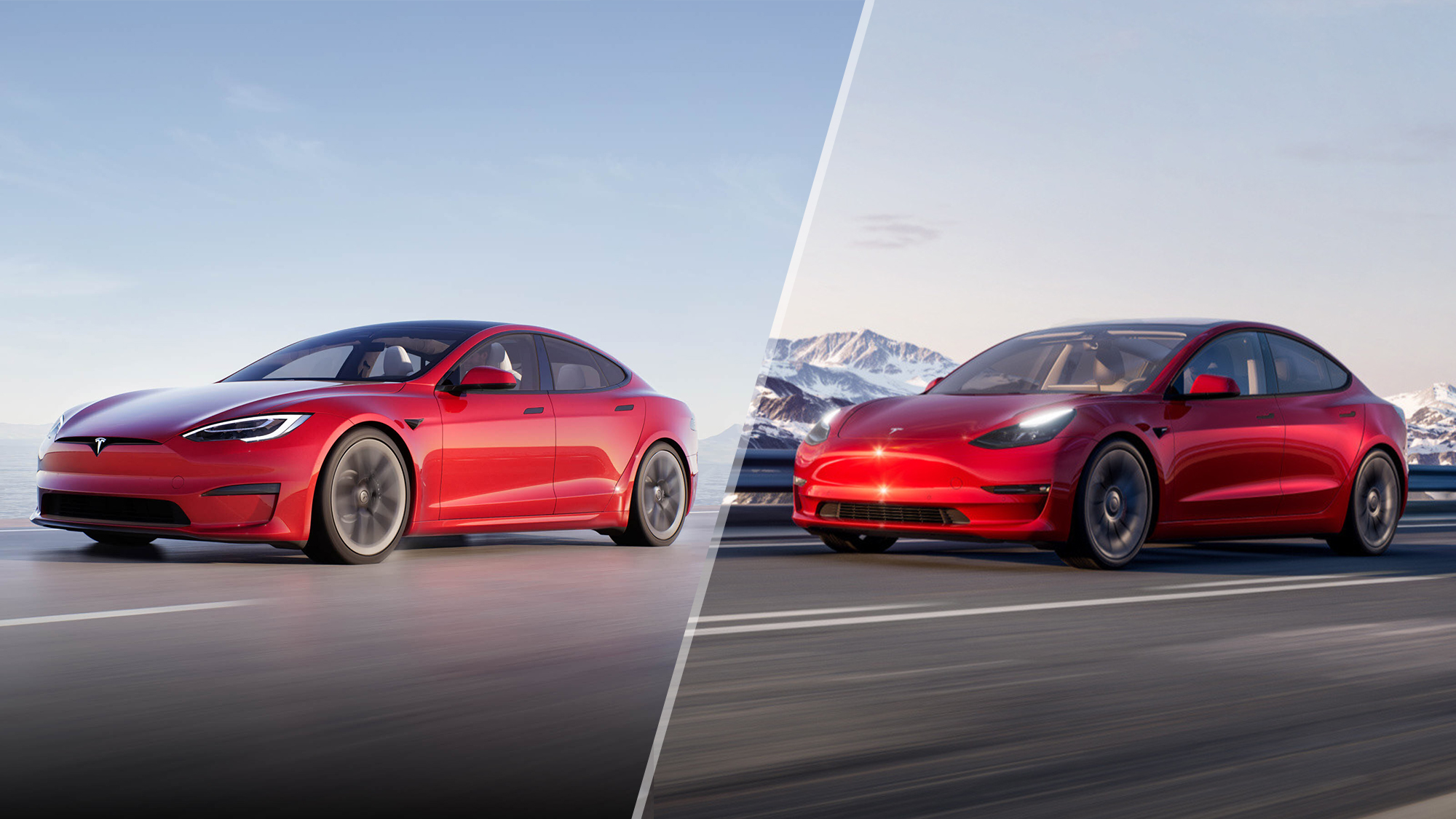
Tesla made a lot of new friends when it released the Tesla Model S way back in 2012. The sizeable sedan packed stylish looks, performance and lots of technology into its design, which at the time proved to be very tempting for people looking for their first electric car.
Five years later and the arrival of the Tesla Model 3 gave EV fans another option, with the smaller-sized sedan offering much of the same appeal as the Model S, but in a cheaper package. The Model S might have got the mainstream interested, but the Model 3 has gone on to become the world’s best-selling electric car, which is hardly surprising given its relatively affordable price.
So does the Tesla Model S still hold its own and is there enough on offer from this premium sedan to entice new car buyers? Or are we increasingly tempted by the lure of the Tesla Model 3, with its newer, slightly more sophisticated lines and value for money appeal? Read on for the lowdown on what makes both cars tick.
Tesla Model S vs. Tesla Model 3: Overview
Tesla has done a decent job of making both cars in suitably varied specifications that allow each one to please buyers with differing needs. For the Model S that currently means you can pick a Plaid model, which packs in some headline grabbing specification points, such as 1,020hp peak power, an estimated range of 390 miles plus blistering acceleration, with a 0-60mph time of 1.99 seconds. Spec the car with the proper wheels and tires (according to Tesla) and it’ll be capable of a top speed of 200mph.
The Tesla Model S Long Range model is slightly less lairy, featuring 670hp peak power and a top speed of 155mph. It can reach that by doing 0-60mph in 3.1 seconds on the way.
Meanwhile, with three different cars to choose from, the Tesla Model 3 features a Performance model, from which you can expect to get from 0-60mph in 3.1 seconds. The Standard Plus car is slower, with zero to 60mph achieved in 5.3 seconds but the Long Range AWD edition strikes a decent compromise by offering a 0-60mph time of 4.2 seconds and a top speed of 145mph.
Tesla Model S vs. Tesla Model 3: Specs
| Row 0 - Cell 0 | Tesla Model S | Tesla Model 3 |
| Price | From $94,990 | From $43,990 |
| Range | 405 miles | 353 miles |
| Charging | 250kW | 250kW |
| Top Speed | 200mph | 162mph |
| 0-60mph | 1.99 seconds | 3.1 seconds |
| Extra features | Autopilot, Sentry mode, App control, wireless charger, tinted glass roof, AAA gaming | Autopilot, Sentry mode, App control, wireless charger, flat folding seats, tinted glass roof, heated seats and steering wheel |
Tesla Model S vs. Tesla Model 3: Price
The Tesla Model S Long Range model currently costs from $94,990 while the Tesla Model S Plaid edition is priced from $114,000. As you’d expect from Tesla, it’s possible to add on all sorts of options, which can take the final delivery price far higher than the basic figure.
Sign up to get the BEST of Tom's Guide direct to your inbox.
Get instant access to breaking news, the hottest reviews, great deals and helpful tips.
The Tesla Model 3 currently comes in three different model variants. The RWD Model 3 starts at $43,990, the Long Range Model 3 was priced from $57,990 before sales were suspended, while the Performance edition will set you back $53,990 and upwards. The Tesla Model 3 can also be configured to suit your budget and requirements, meaning cars are often much costlier than their basic ticket price.
Tesla Model S vs. Tesla Model 3: Design and interior
The Tesla Model S was a real headturner when it first emerged, especially with fans of big traditional executive sedans. It’s certainly bigger than the Model 3, both in length and width, which might put off people with smaller car requirements. Styling on the Model S still looks surprisingly relevant too, with its characteristic slimline front grille still setting it apart from the crowd.
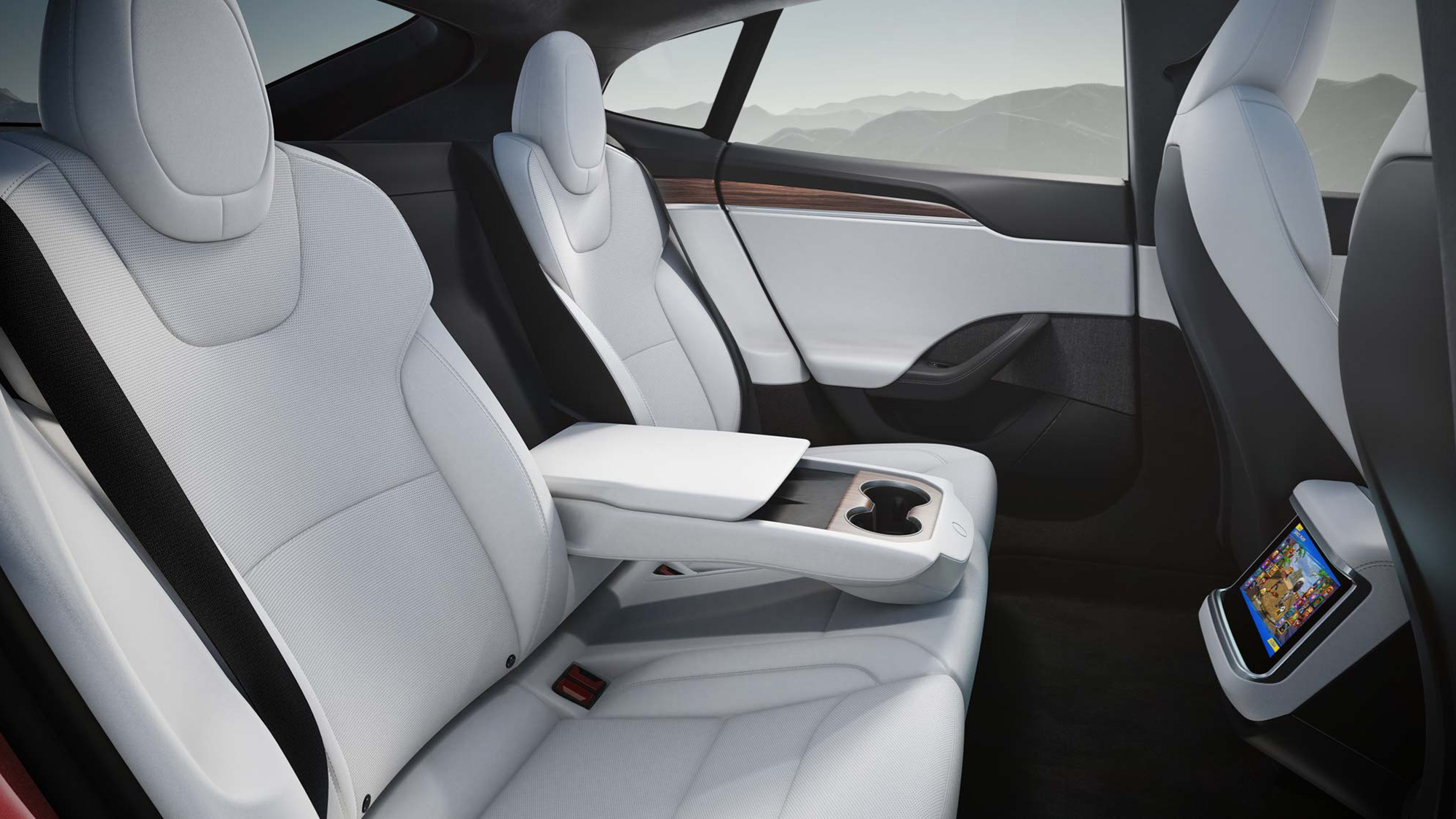
The Tesla Model 3 definitely looks more bang-up-to date, but there are crossover style traits that deliver universal appeal — such as the panoramic glass roof found on both cars.
Of course, you can tweak and fine-tune any Tesla to suit your taste and budget, with wheels being a good example. The Model S can arrive on your drive with freshly styled wheels up to 21-inches, while the Model 3 has options up to 19-inches.
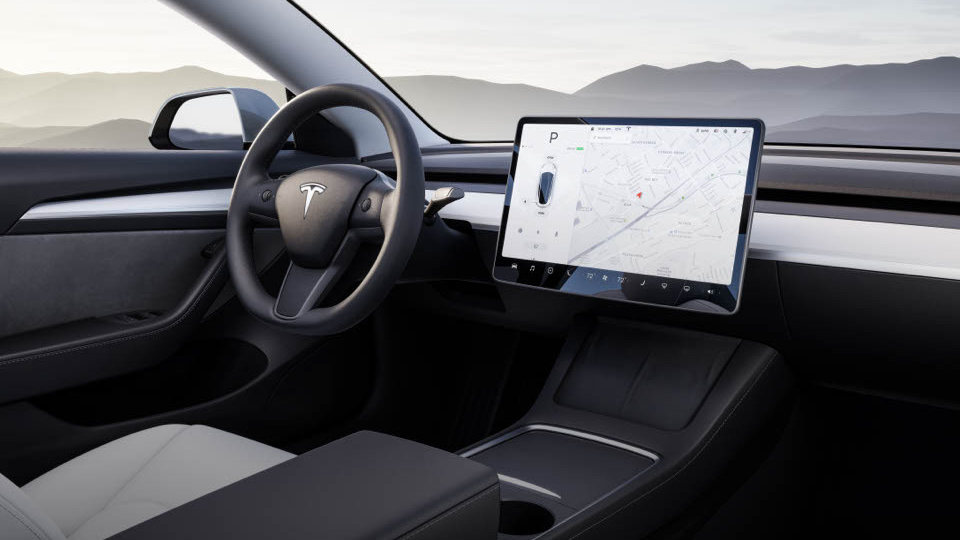
Tesla’s Model S stunned a lot of folks with its original interior and that 17-inch portrait display in the centre. It’s been rather superseded in the ‘wow’ stakes by the smaller and landscape oriented 15-inch affair in the Model 3, but both infotainment and control hubs are a big part of the Tesla interior picture.
The Model 3 also comes with a full steering wheel, just like every other car, while the Model S has the infamous 'yoke' steering that's more akin to the steering systems, utilized by Formula One drivers. While subject to criticism, Model S (and Model X) owners noted that while the yoke took some getting used to, they did adjust to the design fairly quickly.
Crucially, however, you’ll find everything seems to be put together that little bit better in the Model 3. Early Model S cars were notable for their patchy build quality. Overall though, the standard of Tesla interiors has improved to match the evolving exterior look.
Tesla Model S vs. Tesla Model 3: Power
Considering its age the Tesla Model S has certainly improved with age in the power department. Currently, Tesla manufactures two model variants, with the Plaid car boasting 1,020 horsepower delivered from its potent tri- motor powertrain. Meanwhile, the Long Range edition sports just 670 horsepower, via a dual motor powertrain, which is still pretty impressive.
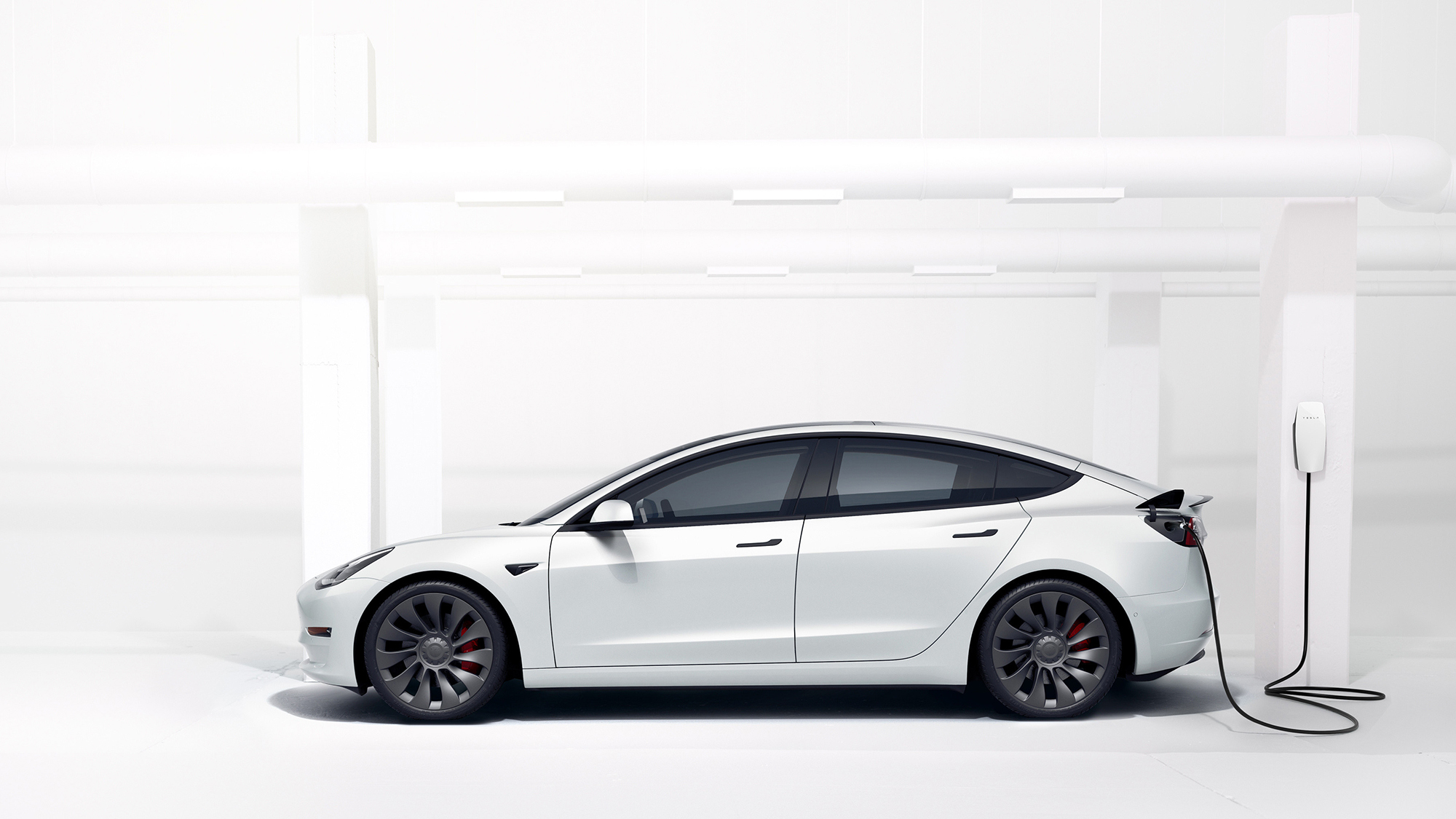
The newer Tesla Model 3 comes in three model guises currently, which means there’s a similar choice in the power department. The Performance model features a so-called Long Range battery, which works with a dual motor, all-wheel-drive powertrain.
The RWD model gets a less impressive powerpack, dubbed the Standard Range battery, while the Long Range AWD gets the same battery and powertrain setup as featured in the Performance car.
Tesla Model S vs. Tesla Model 3: Battery and range
The Tesla Model S won many people over with its range when it first launched, and the car is still able to hold its own against rivals. Pick the Tesla Model S Plaid version and you’ll get the benefit of around 396 miles. The Tesla Model S Long Range car is even better, offering an estimated 405 miles of range.
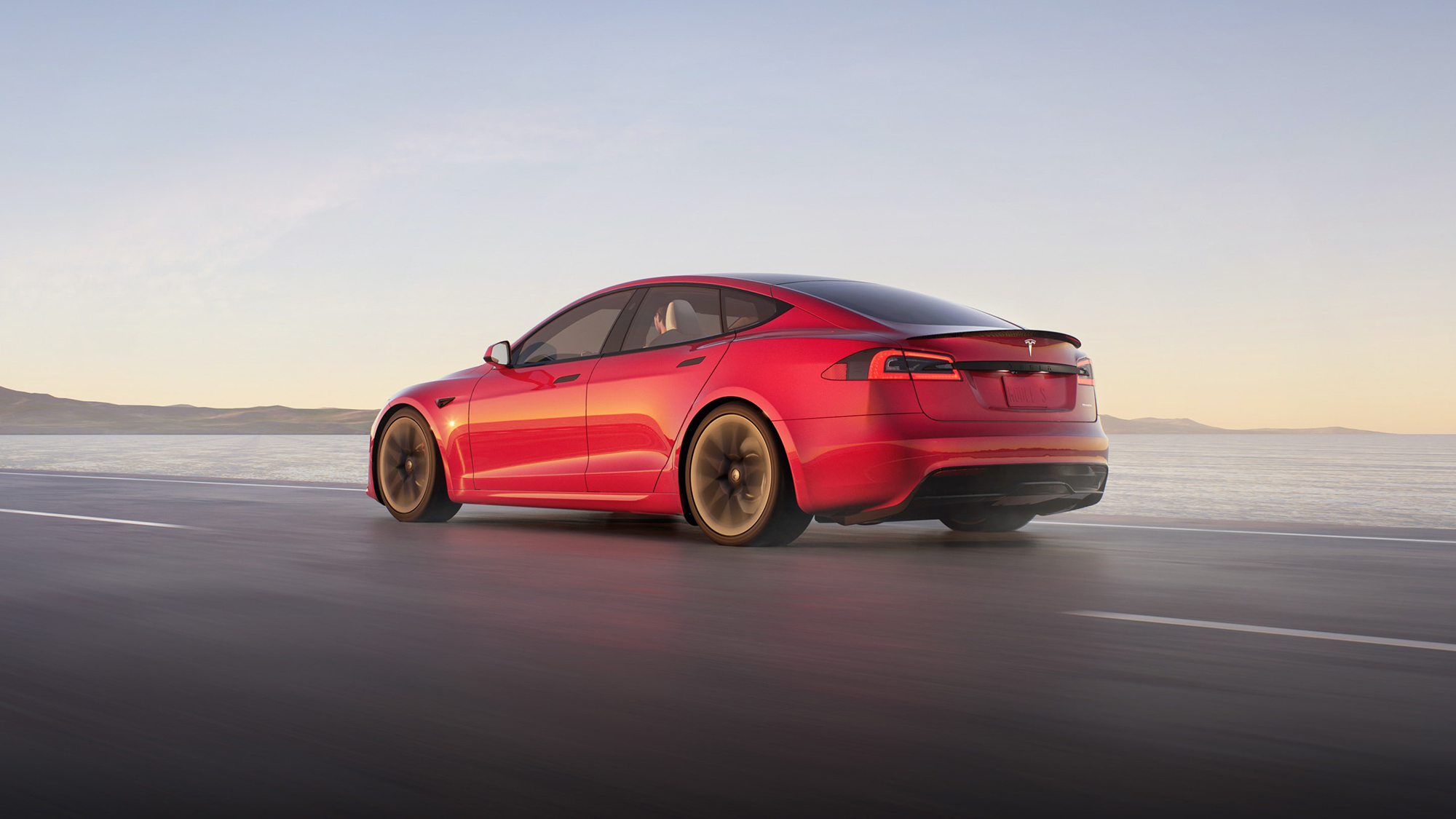
The Tesla Model 3 is obviously a newer car, with a slightly more refined profile and with three different model variants to choose from, the range caters for all needs. The Performance model delivers an EPA-estimated 315 miles from its Long Range battery pack. The Long Range AWD car offers an estimated 358 miles, also using the Long Range battery. Meanwhile, the Standard Plus car is able to go around 272 miles on a charge.
Tesla Model S vs. Tesla Model 3: Tech and other features
All Tesla’s are subject to wireless software updates, which means whatever Model S or Model 3 variant you buy will feature up-to-date functionality. This extends to Tesla’s Autopilot self-driving system, which attracts interest and fear from many prospective owners not up to speed about its real benefits.
The reality is you’re essentially getting lots of driver aids, which includes adaptive cruise control, lane-keeping assistance, lane-changing assistance and blindspot monitoring. Outside of that, either Tesla manages to pack in plenty of additional features and functions, such as power-folding mirrors, advanced climate control, a rear view camera plus keyless entry and much more besides.
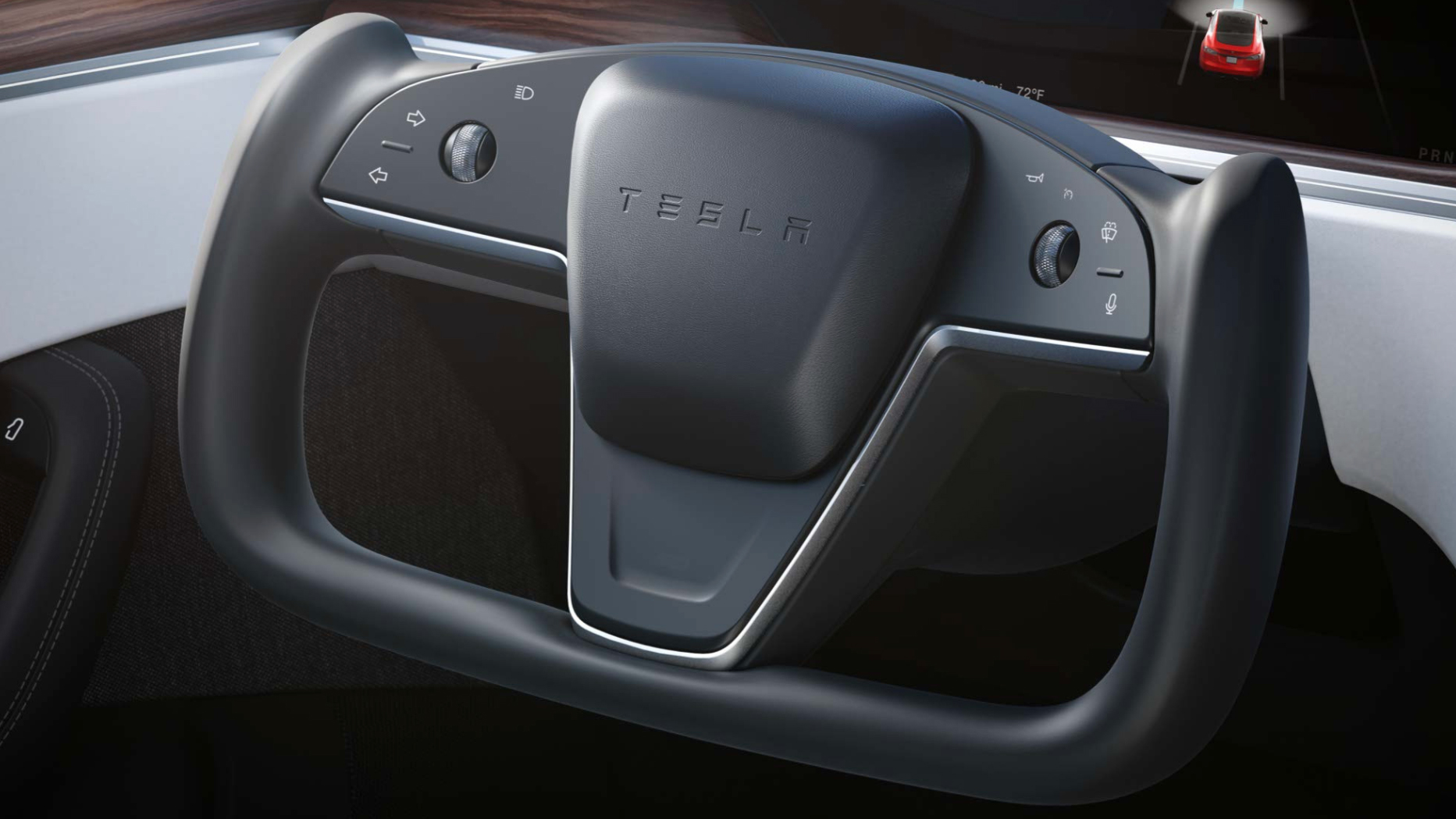
Better still, both cars also feature a five-star safety rating from the National Highway Traffic Safety Administration, which puts them in the upper echelons of the best safe-to-drive cars in the U.S.
It’s been recently reported that both the Tesla Model 3 and Model Y were set to lose their radar sensors, being replaced by a camera-based Autopilot system, while the Model S retains its radar tech. However, the move doesn't seem to have affected the overall safety ratings so far.
Tesla Model S vs. Tesla Model 3: Outlook
Tesla cars always attract plenty of interest and it’s not always positive. Recent reports of modifications to the Model 3’s safety features mentioned above, including its Forward Collision Warning (FCW) and Automatic Emergency Braking (AEB) have seen the car suffer reduced ratings from both the Institute for Highway Safety in the U.S., alongside a similar reaction from Consumer Reports.
Nevertheless, the Tesla Model 3 is currently seen by many EV converts as the car to have, with consistently strong sales in many territories. Indeed, it has for example an 18% share of the U.K.’s electric vehicle market, and does similarly well in other slightly surprising locations.
Like France; where it’s nudged above the Renault Zoe, and duly slipped the smaller EV into second place as the electric car purchase of choice. That’s quite something in a marketplace where domestic brands such as Peugeot and Renault are often favoured over imports.
While the Tesla Model S still packs plenty of appeal, it’s therefore clear to see that the affordability offered by the Tesla Model 3 is central to its success so far. Add on the fact that it’s a newer car and this is a sedan that looks to have a very bright future indeed.

Rob is a London-based freelance tech journalist covering EVs and car tech for Tom's Guide. He has worked at Microsoft and written for numerous tech sites including TechRadar, Gizmodo, ShortList and Fit&Well. When he's not working, he can usually be found out and about on one of his numerous ebikes.
